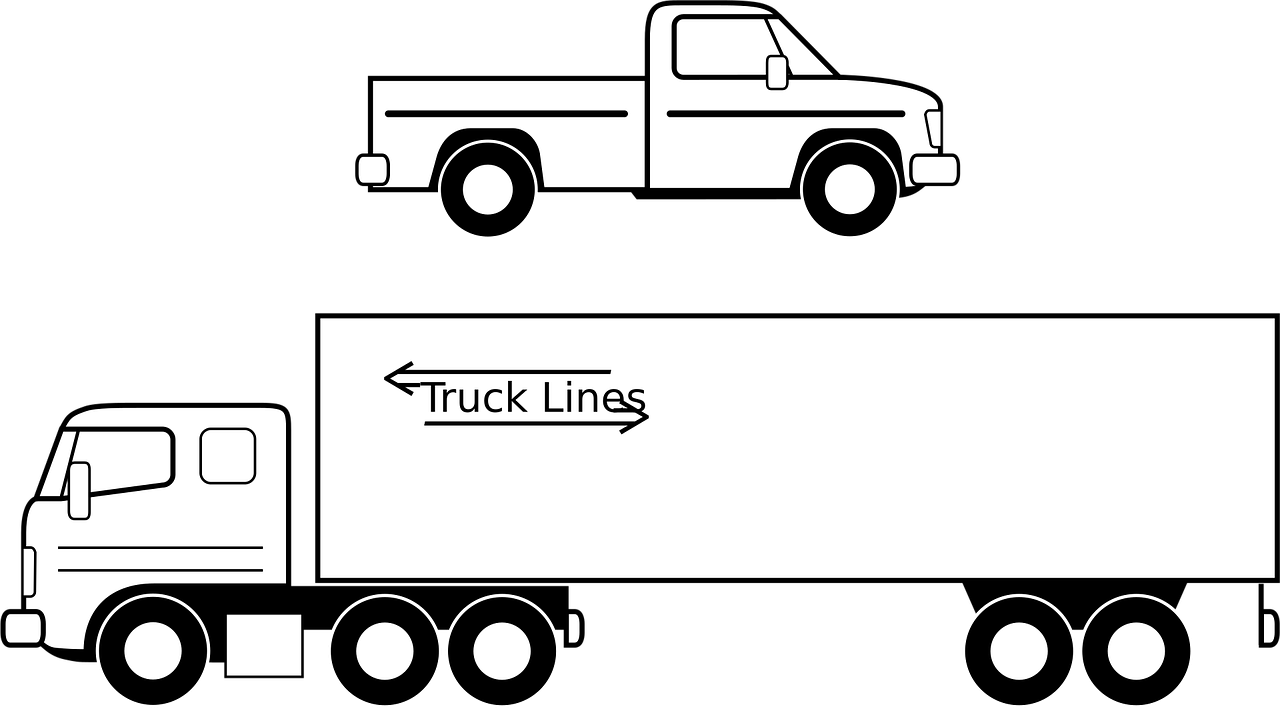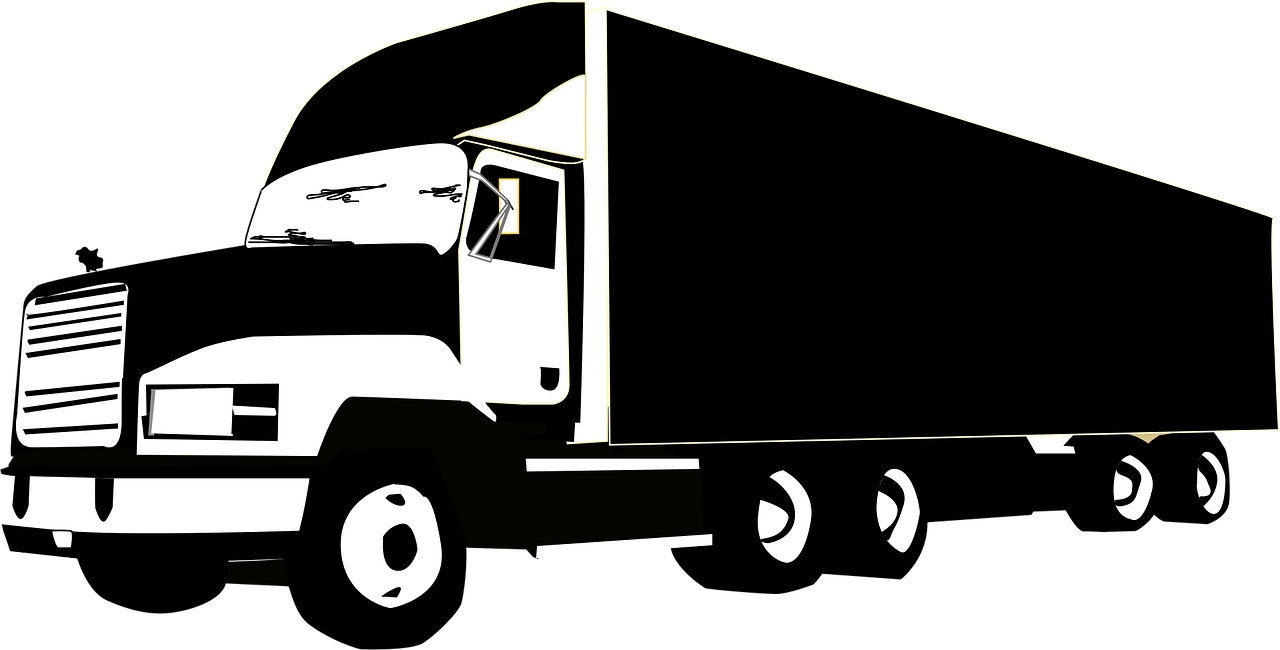Revolutionizing Logistics Vehicle Dispatch: A Paradigm Shift in Logic

You see new energy and digital technologies changing how you manage vehicle dispatch every day. The old way—just matching vehicles and cargo—no longer works when you use electric or methanol vehicles. Charging and refueling stations now play a big role. Take a look at these global trends:
Aspect | Data / Insight |
|---|---|
2 million units | |
Projected market share of electric logistics vehicles by 2032 | Approximately 65% |
23.6% | |
Key growth drivers | Emission regulations, tech advancements, e-commerce demand |
Revolutionizing Logistics means you need a model that links cargo, vehicles, and energy stations together for real success.
Key Takeaways
New energy vehicles need dispatch plans that link cargo, vehicles, and energy stations for smooth operations.
Charging and refueling stations now control route success, so planning must include their locations and availability.
Dynamic route planning uses real-time data and energy models to avoid delays and save costs.
AI and smart systems improve vehicle use, reduce fuel waste, and help predict maintenance needs.
Adopting integrated, energy-aware dispatch systems boosts efficiency, cuts costs, and supports greener logistics.
Revolutionizing Logistics: The Shift

From Vehicle-Cargo to Collaborative Models
You may remember when dispatching a logistics vehicle meant only matching the right truck to the right cargo. In the past, you did not need to think about where to refuel or how long it would take. Gas stations were everywhere, and refueling was quick. This simple logic worked well for fuel vehicles.
Now, things have changed. Revolutionizing Logistics means you must look at more than just vehicles and cargo. New energy vehicles, like electric and methanol trucks, bring new challenges. You need to consider energy replenishment costs, time spent finding charging stations, and longer charging times. These factors can slow down your operations if you do not plan carefully. Logistics vehicles work as a team, serving many customers with different needs. You must now connect your vehicle dispatch with energy station planning. This makes the process more complex, but also more powerful.
Today, technology helps you build a collaborative model. Real-time tracking, mobile apps, and data analytics let you see where your vehicles are and what they need. Automation tools assign tasks and update you instantly. These advancements make it possible to link cargo, vehicles, and stations in one smart system. You can solve problems faster and use your resources better.
Energy Supply as a Core Constraint
Energy supply points now sit at the center of Revolutionizing Logistics. Charging and refueling stations are no longer just background details. They decide if your vehicle can finish its route on time. You must plan routes based on where stations are, how busy they get, and how much energy costs at each one.
Studies show that the number and quality of charging stations can change how well your dispatch system works. More stations mean less waiting and better use of your fleet. Smart systems can even guide vehicles to charge when energy is cheapest or when the grid is less busy. When you match your logistics plan with energy supply, you cut costs and improve efficiency. This new way of thinking helps you stay ahead as the world moves toward cleaner transport.
New Dispatch Logic Explained

Dynamic Route Planning
You now face a new set of challenges when planning routes for your logistics fleet. In the past, you only needed to find the shortest or fastest path between two points. Today, you must consider many more factors, especially with electric and methanol vehicles. These vehicles depend on energy stations, battery levels, and fuel availability.
Tip: Dynamic route planning helps you avoid delays and keeps your fleet running smoothly.
Here are the key components you should include in your route planning:
Battery and fuel restrictions for each vehicle
Energy use models that factor in speed, load, road slope, and driving habits
Locations and availability of charging and methanol refueling stations
Uncertainty in battery or fuel levels during trips
Mixed fleets with electric, methanol, and diesel vehicles
Realistic road maps that show intersections and allow for speed changes
Delivery time windows for each stop
How load and speed changes affect energy use
Where alternative fuel stations are located
Mathematical tools to solve complex routing problems
Key Component | Explanation |
|---|---|
Battery-related restrictions | You must track battery capacity and limits for electric vehicles. |
Energy consumption models | These models use speed, load, and road slope to estimate how much energy each trip will use. |
Recharging/refueling stations | You need to know where stations are and if they are available for your vehicles. |
Stochastic battery depletion | You must plan for unexpected drops in battery or fuel levels. |
Mixed fleets | You may have electric, methanol, and diesel vehicles in your fleet. |
Original graph representation | Use detailed maps to plan routes, not just straight lines. |
Time windows | Make sure deliveries happen within set time frames. |
Vehicle load and speed variations | Heavy loads and high speeds use more energy. |
Alternative fuel infrastructure | The number and location of stations affect your route choices. |
Mathematical formulations | Use math models to solve these complex problems. |
Green logistics focuses on reducing environmental impact. You can achieve this by using optimized routes and considering energy use. Revolutionizing Logistics means you must use these new tools and ideas to keep your operations efficient and sustainable.
Integrated Charging and Refueling
You need to manage both charging and refueling for your fleet. Electric and methanol vehicles require different types of energy, and each has its own challenges. Integrated systems help you handle these needs in one place.
Centralized payment platforms let you pay for fuel and charging together. This makes billing and reporting easier.
Fleet cards work across many charging networks. You can authorize payments quickly and track expenses.
Real-time transaction data helps you analyze energy use and plan vehicle deployment.
Consolidated billing reduces paperwork and saves time for your team.
Drivers benefit from simple payment methods and automatic expense tracking.
Note: Smart charging systems adjust charging rates to avoid overloading the grid. They also schedule charging during off-peak hours to save money.
You can use dynamic load management to control how fast vehicles charge. Time-of-use optimization lets you charge when electricity is cheapest. Virtual grid expansion uses on-site solar or batteries to support your fleet. By combining these strategies, you make charging flexible, reliable, and cost-effective.
You also need to match charging and refueling schedules with your delivery routes. This ensures vehicles are always ready when needed. Integrated systems help you avoid long waits at stations and keep your fleet moving. Revolutionizing Logistics depends on this level of coordination.
Real-Time Data and AI
You can use real-time data and artificial intelligence (AI) to make better dispatch decisions. These tools help you track vehicles, predict problems, and optimize routes.
AI uses real-time traffic and operational data to improve dispatch efficiency. It reduces wait times and helps you use your vehicles better. AI-powered analytics can extend battery life, manage charging cycles, and lower power use for electric vehicles. For methanol vehicles, AI helps forecast demand and automate coordination.
Predictive maintenance uses AI to spot issues before breakdowns happen. This keeps your fleet reliable and safe.
Delivery load optimization combines analytics and route planning. You can load vehicles efficiently and plan routes that save time and money.
Real-time monitoring tracks packages and vehicles. You get better transparency and can solve problems quickly.
AI-driven fuel management analyzes driving patterns. This improves fuel efficiency and lowers emissions.
Automated scheduling and dispatching use real-time data to assign tasks and reduce idle time.
Alert: Always protect your data. Use encryption, access controls, and regular security checks to keep your information safe.
AI can also help you predict demand, manage inventory, and even adjust prices based on market trends. By using these tools, you make your logistics operations smarter and more responsive. Revolutionizing Logistics means you must embrace real-time data and AI to stay ahead in a fast-changing world.
Key Benefits
Efficiency and Cost Savings
You can achieve impressive gains in efficiency and cost savings by adopting collaborative, energy-aware dispatch logic. Companies that use these systems report big improvements in many areas:
Improvement Area | Reported Gains / Examples |
|---|---|
Route Optimization | 29-42% route savings; 10-25% transportation cost reductions; UPS saved 10 million gallons of fuel annually |
Fuel Consumption | 10-20% reduction; reduced idle miles contributing to greener supply chains |
Delivery Speed | 25-30% reduction in delivery times; order fulfillment cycles improved by 20-50% |
Warehouse Productivity | Throughput increased by 40%; picking productivity more than doubled |
Driver Productivity | Increased significantly (Finmile highlights improved driver productivity) |
CO₂ Emissions Reduction | 2-15% reduction; UPS cut 100,000 metric tons annually |
Inventory Management | Inventory levels decreased by 35%; turnover improved by 50%; stockouts reduced by 35-40% |
Service Levels | Up to 65% improvement in service levels among early AI adopters |
Customer Satisfaction | Scores increased by an average of 22% |
Predictive Maintenance | Reduced equipment failures by 35%; lowers maintenance costs |
Asset Utilization | Improved through intelligent load balancing and dynamic dispatch |
You can also see fuel cost reductions of up to 30% by planning efficient routes. Better vehicle and driver use lowers maintenance costs and boosts resource use. These changes help you deliver more orders without needing more vehicles.
Tip: Using electric vehicles with smart scheduling can cut both logistics and electricity costs, giving you a strong financial advantage.
Scalability and Data Insights
Modern dispatch systems help you scale your operations with ease. You can manage large fleets and high delivery volumes without extra manual work. Systems like Toro TMS and TMW Suite automate data entry and combine many functions, making your job easier as your business grows.
Dispatch System | Scalability Features | Benefits Over Traditional Systems |
|---|---|---|
Toro TMS | Handles high load volumes; reduces data entry by 70% | Improves throughput and efficiency in large-scale operations |
TMW Suite | Enterprise-level scalability; real-time fleet visibility | Supports complex, high-volume fleets with integrated tools |
You also gain powerful data insights. AI-powered dispatch systems analyze routes, vehicle locations, battery status, and driver behavior. Telematics and IoT sensors track vehicle health, fuel use, and safety. These insights help you make better decisions, improve safety, and reduce downtime.
Vehicle Longevity
You can extend the life of your vehicles by using smart dispatch logic. Intelligent algorithms balance vehicle use, so no truck gets overworked or sits idle for too long. Real-time analytics help you spot problems early and schedule maintenance before breakdowns happen.
Predictive maintenance lowers repair costs and keeps your fleet on the road.
Automation reduces errors and improves efficiency.
AI matches vehicle deployment to actual needs, preventing unnecessary wear.
When you use these tools, your vehicles last longer, and you spend less on repairs. This approach also supports your move toward a greener, more sustainable fleet.
Adopting the New Approach
System Selection Tips
You want a dispatch system that fits your business and grows with you. Start by looking for platforms that connect easily with your current tools. API-first systems let you add new features step by step, so you do not need to replace everything at once. This approach lowers risk and helps you keep your operations running smoothly.
Check if the system supports real-time data sharing. You need instant updates on vehicle status, energy levels, and delivery progress. Choose solutions with visual dashboards and guided workflows. These features make it easier for your team to learn and use the system.
Tip: Involve both IT and operations staff when picking a system. Cross-functional teams help you find practical solutions that work for everyone.
Training matters, too. Look for vendors that offer micro-credential programs or short training sessions. These help your drivers and dispatchers get comfortable with new technology quickly. Some companies even use reverse mentoring, where younger, tech-savvy workers help others learn new tools.
Overcoming Challenges
You may face some hurdles when you switch to a new dispatch logic. Many companies struggle with disconnected systems, skill gaps, and fast-changing technology. Here are some common issues and how you can address them:
Description | Impact on Logistics Operations | |
|---|---|---|
Disconnected Data Ecosystems | Separate systems block real-time visibility. | Delays, higher costs, poor customer updates. |
Legacy Systems and API Incompatibility | Older platforms slow down integration and require manual work. | Missed deadlines, increased costs. |
Fragmented Visibility Across Networks | Different carriers use different platforms, making tracking hard. | Slow problem-solving, missed handoffs. |
Misaligned Workflows and Bottlenecks | Partners use different data formats and processes. | Errors, delays, higher shipment costs. |
Security and Compliance Risks | More integration points raise the risk of data leaks and compliance issues. | Security challenges, audit problems. |
To overcome these, use flexible middleware that connects old and new systems. Redesign workflows to be more intuitive. Use SMS-based tools to keep frontline workers in the loop. Targeted training and clear communication help everyone adapt. When you take these steps, you build a stronger, more resilient logistics operation. 🚚
You now see why shifting to a collaborative, energy-aware dispatch logic is essential in the new energy era. Revolutionizing Logistics brings real gains for your business.
You can cut costs by up to 15 percent through joint decision-making and order sharing.
You improve supply chain performance and meet environmental goals.
You boost your brand image and drive innovation.
Energy-aware systems help you track and optimize energy use, making your operations smarter and more sustainable. Start by reviewing your current systems and take steps toward this new approach.
FAQ
What is the main difference between traditional and new energy vehicle dispatch?
You must consider energy stations when you plan routes for new energy vehicles. Traditional dispatch only matched vehicles and cargo. Now, charging and refueling stations play a key role in your planning.
How does real-time data help in logistics dispatch?
Real-time data lets you track vehicles, monitor energy levels, and spot problems early. You can make quick decisions and keep your deliveries on time. This helps you avoid delays and improve efficiency.
Why do charging and refueling stations matter so much now?
Charging and refueling stations decide if your vehicle can finish its route. You need to know their locations, prices, and wait times. Good planning around these stations keeps your fleet moving.
Can I use both electric and methanol vehicles in one fleet?
Yes, you can. Many companies use mixed fleets. You need a dispatch system that tracks both battery and fuel levels. This helps you plan routes and energy stops for every vehicle type.
See Also
Exploring Cutting-Edge Technologies Shaping The Future Of Logistics
How JUSDA Transforms Logistics Through Enhanced Efficiency
Innovations In Supply Chain That Are Changing Logistics Forever
Digital Technologies Paving The Way For Tomorrow’s Logistics
